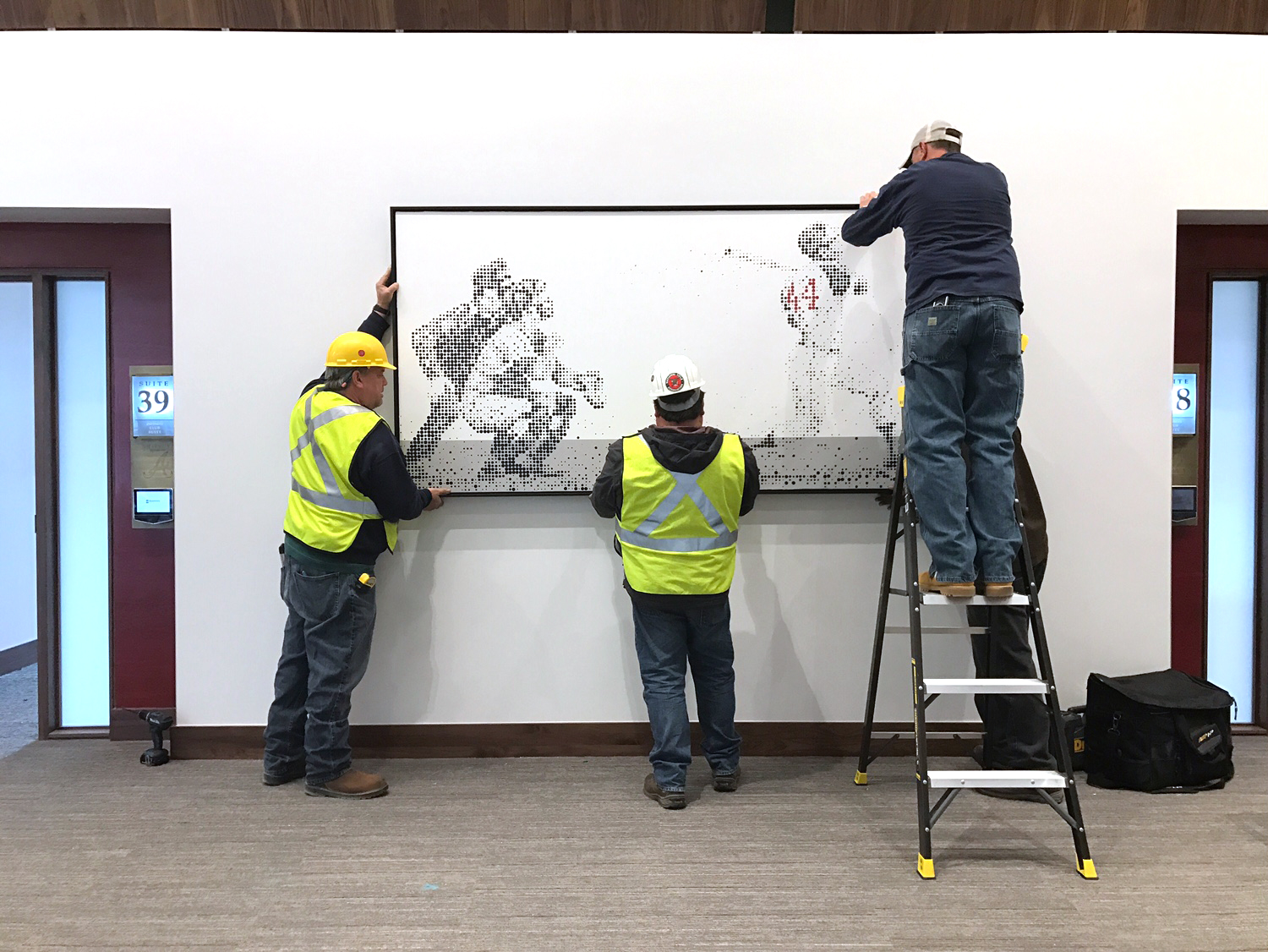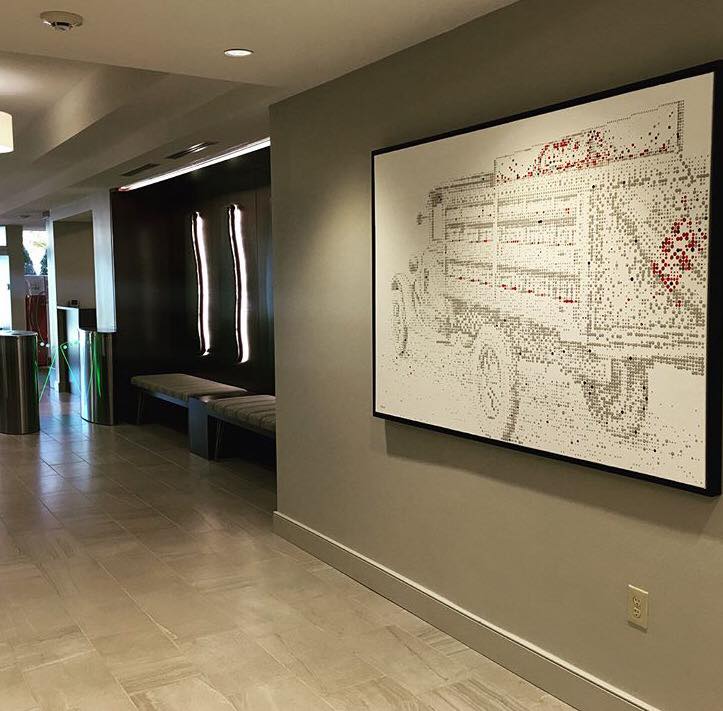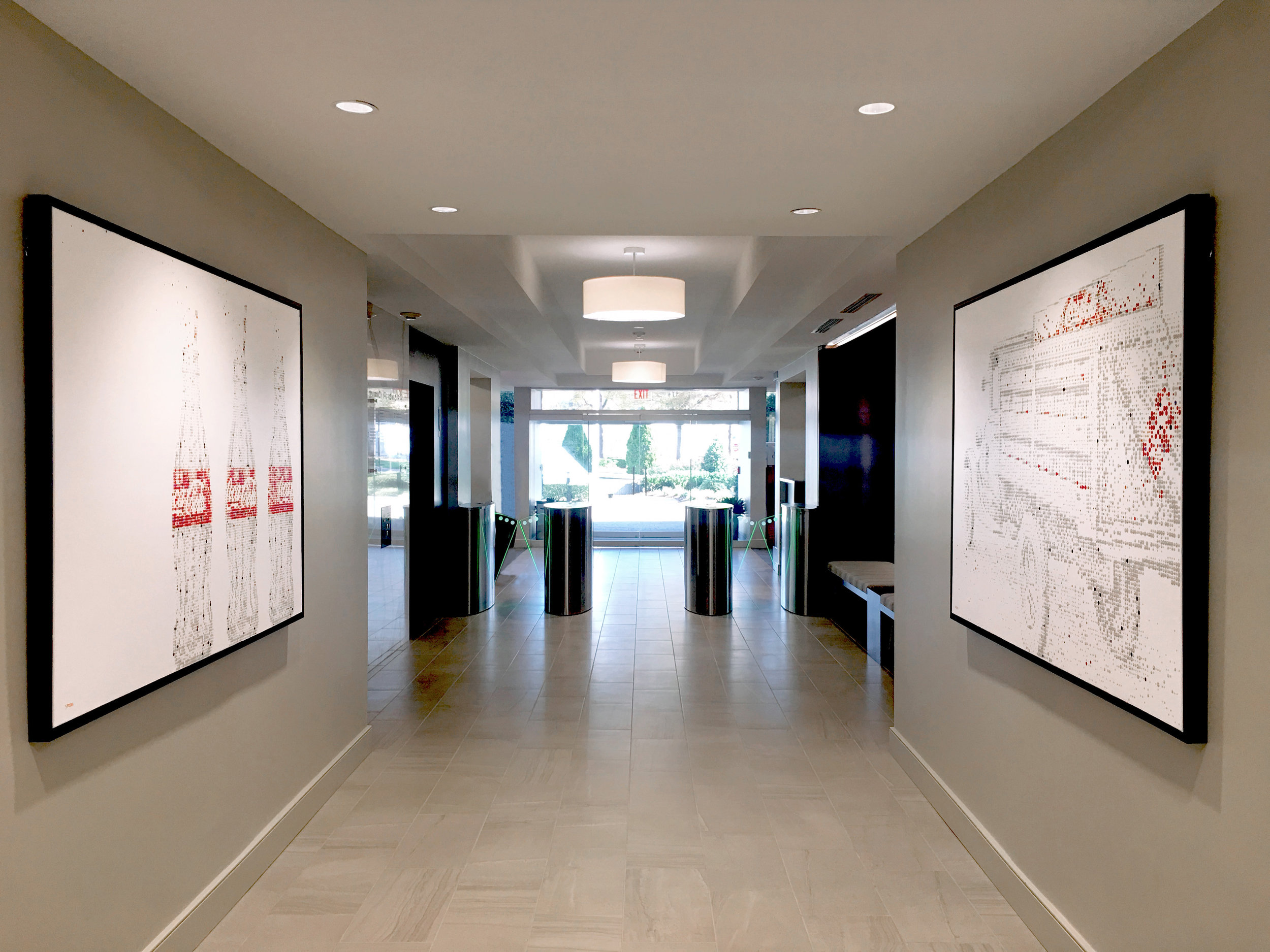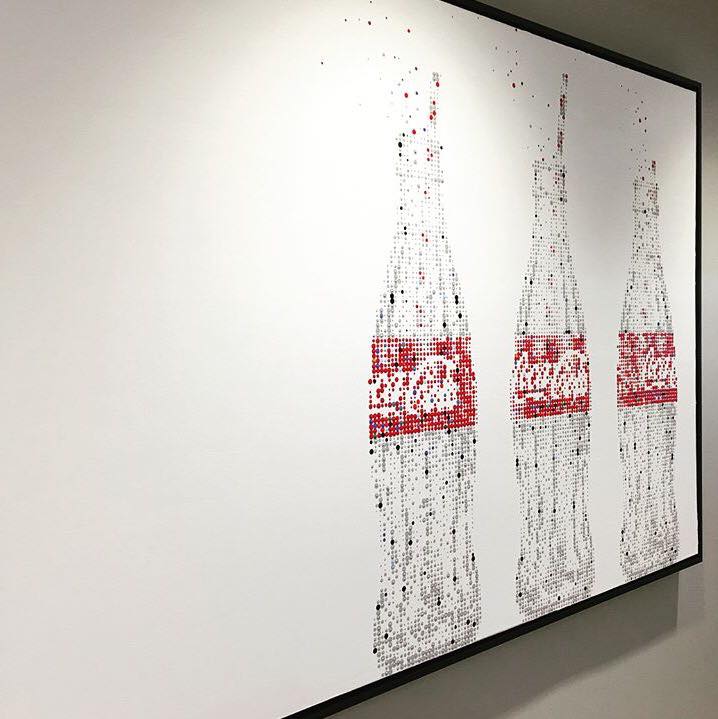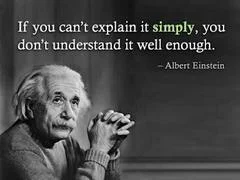My thoughts on Placing a Value on Art, (for what they’re worth).
Valuing a particular piece of art is often a very difficult and personal endeavor. While someone may be willing to spend thousands, or even millions of dollars on a particular piece of art, someone else may find it completely worthless. The act of purchasing real artwork is meant to be a very rewarding experience, and often extends far beyond the simple swipe of a credit card and the hammering of a nail into the wall.
If you’ve read my bio, you’ll know that I wasn’t always a professional artist. While painting was always a part of my life, there was a long period of time where I never understood the value of purchasing real, authentic artwork, and honestly felt that it may be a hobby for the extremely wealthy. After all, owning an original piece of artwork is almost always more expensive than simply ordering a replica poster from the internet, right?
VALUE EXTENDS FAR BEYOND JUST THE DOLLAR
If you’ve never purchased an original piece of artwork before, you’re in for an amazing and eye opening experience. After you’ve installed your inaugural fine art piece into your home, I can almost guarantee you will reevaluate every replica or poster you’ve ever purchased, and will instantly bond with the piece.
Depending upon your budget and where you are in your life, purchasing artwork could symbolize your personal transition into a new phase of your life—perhaps financially, emotionally, or even professionally. You will thoroughly enjoy showing off your original art to friends and family, sharing the story behind how you discover this piece of artwork, and taking pride in knowing that you own something true and authentic in this world, that will never be replicated.
ART AS AN INVESTMENT
To be sure, many people collect art as a means for financial investment. As an artist’s career matures and they gain notoriety, the inherent value of the piece you bought some years ago steadily increases. But purchasing artwork is also an investment in yourself. Every time you see the piece it should remind you of a pleasant experience—whether it was the purchasing act itself, a time in your life the subject matter reminds you of, or even the experience of getting to know the artist.
One of the most rewarding parts of purchasing original artwork is doing so directly from the artist, or at least having the chance to meet the artist (in gallery sales situations). Artwork and artist are really a total package, and you’re securing your own little slice of it when you decide to grow or start an art collection. I have sold pieces to many clients who had never purchased artwork before and were initially a bit reticent to step outside their budget comfort zone, only to find that looking back it was one of the best things they had chosen to spend money on.
BEGINNING MODESTLY
Many people want to own original artwork, but simply cannot afford a four or five figure piece, which is absolutely understandable! Collecting artwork is a life-long journey, and like any journey it must begin somewhere.
While I am biased against simply throwing money toward endless poster acquisitions, a fantastic way to begin an art collection is to acquire signed, original limited edition prints. Often these pieces will be smaller and cheaper, but are also accompanied by the rich experience of getting to know an artist and following their career. Limited edition prints are just that—only a select few will ever be made, and if signed by the artist, can increase considerably in value over time.
Enjoy the Experience!
Owning original artwork should be an experience that brings joy and fulfillment every time you view your piece. Actively engage your local art community, trust your instinctive reaction to pieces you may love, don’t be afraid to ask the artist about a piece, and above all, always purchase a piece because you love it or the way it makes you feel.
-SPOON.




